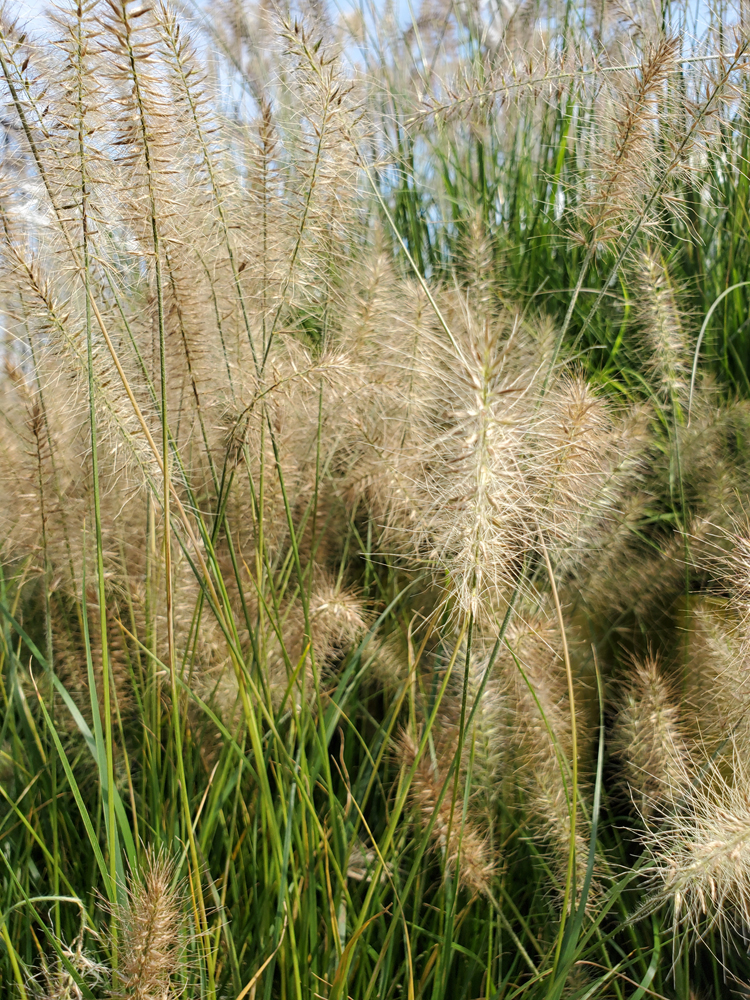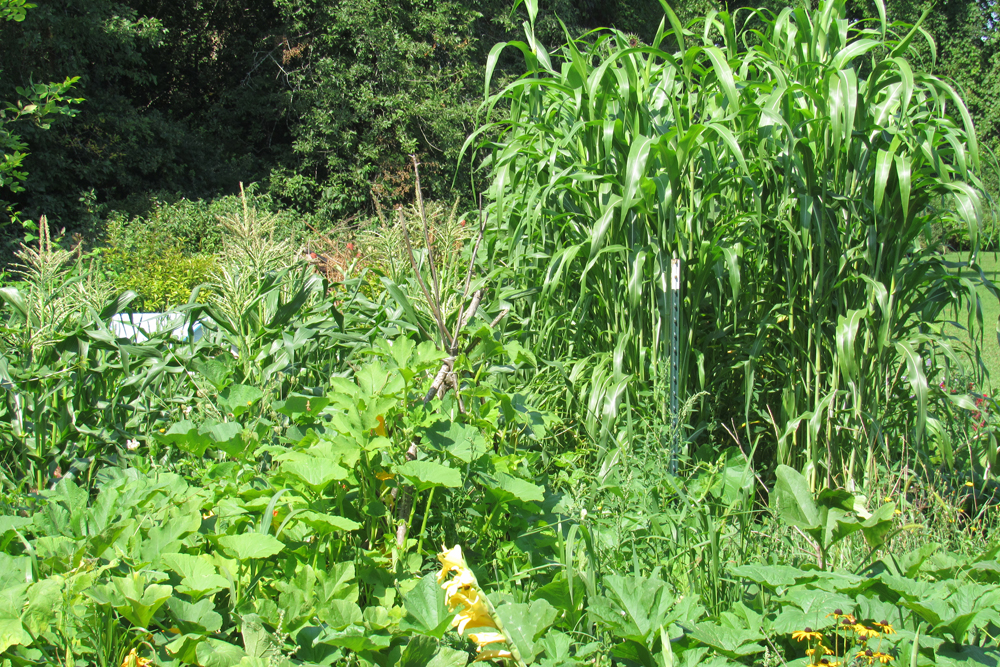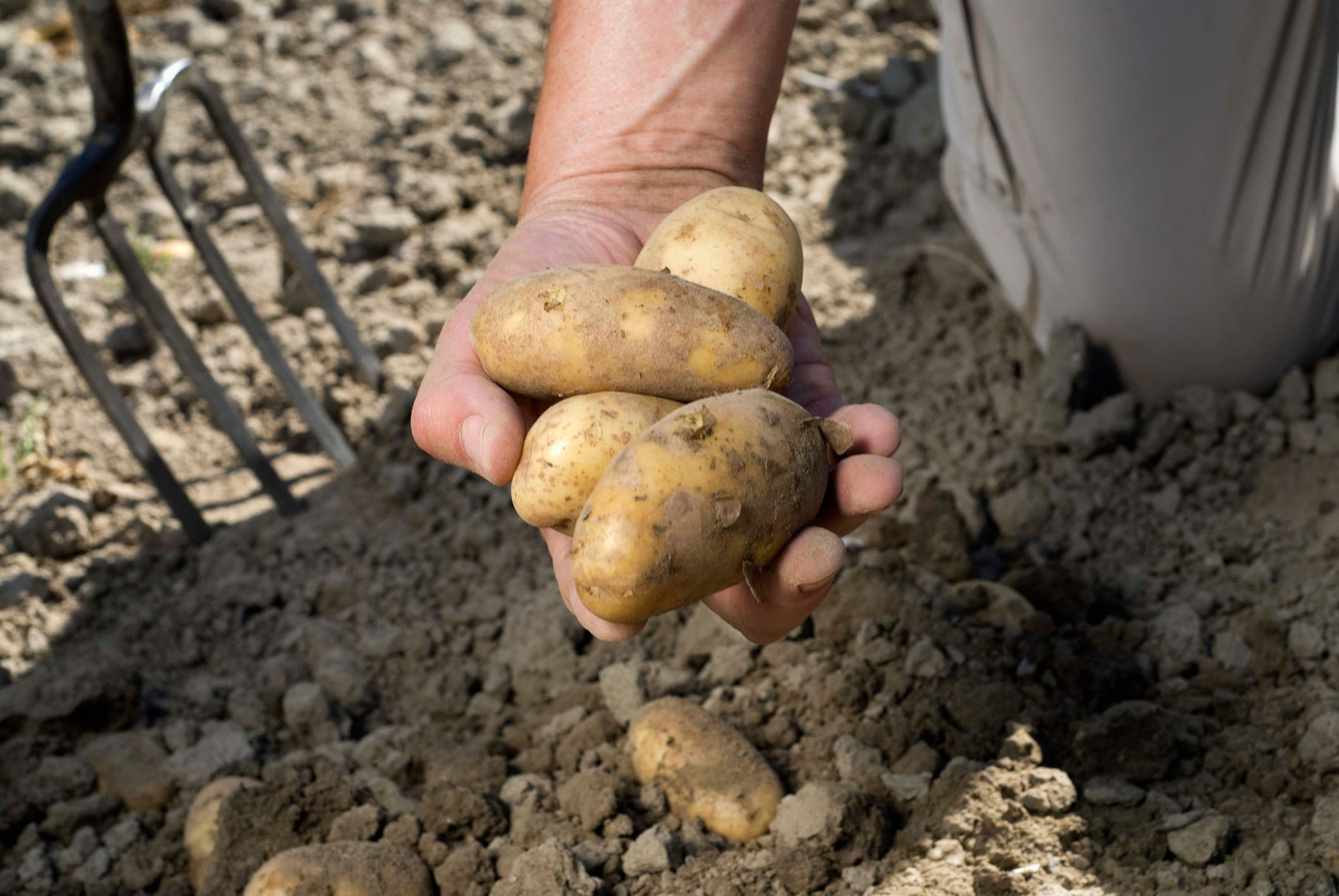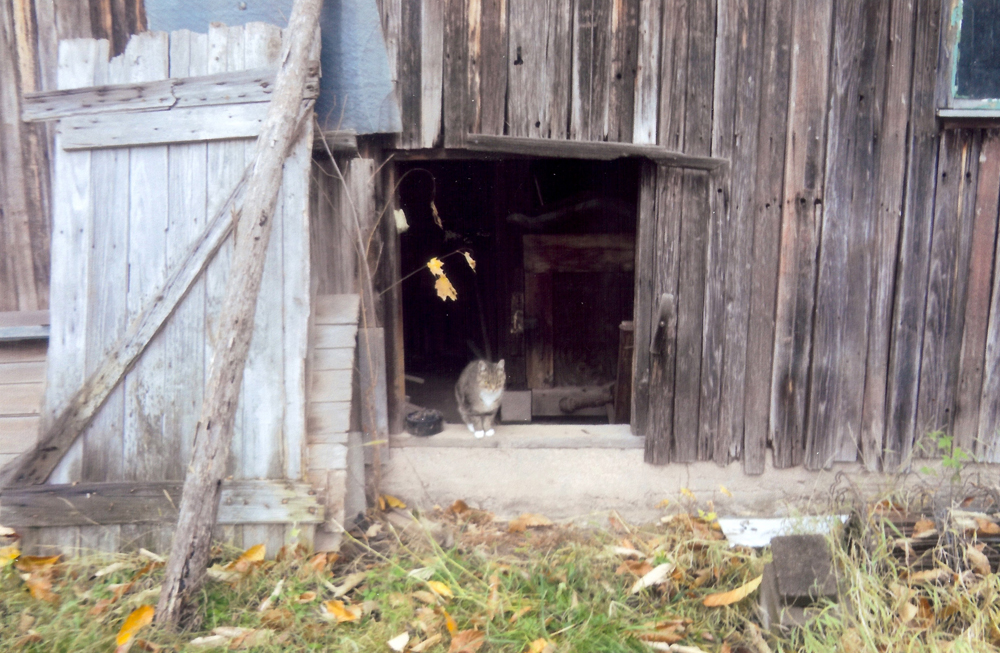Ferns for your garden
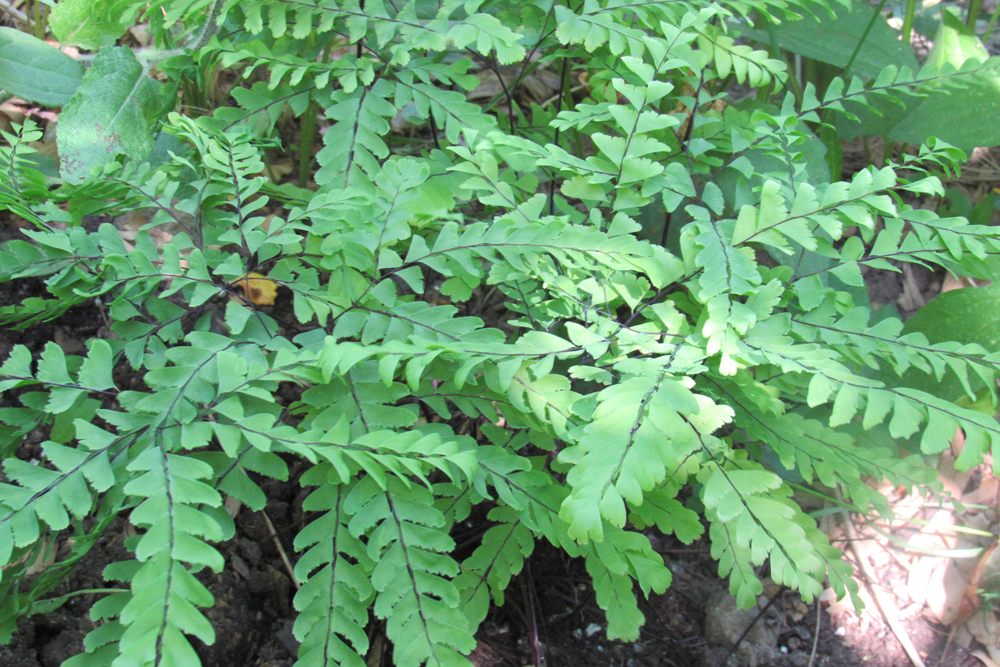
Ferns are a great choice for your garden. There is much to like about these easy-to-care-for plants. Ferns add soothing green color and beautiful foliage to shady areas of your landscape, are hardy to Zone 2, are not terribly demanding, and are not attractive to deer.
If you have areas in your garden with dappled sunlight, you can pair ferns with other plants like columbine, hosta, and trilliums to create a serene woodland garden.
There are many outdoor varieties of ferns to choose from, and local nurseries and garden centers are great places to find plants that will do well in our area. Most hardy ferns are deciduous, but there are some that are evergreen.
Northern maidenhair fern has delicate, eight- to 20-inch fronds with dark, shiny stems. The plants spread their pinnae horizontally in a nearly perfect circle, which according to wildflower.org, is unique among native ferns. Maidenhair fern is easy to grow but does best in rich, moist, well-drained soil.
Lady fern is also easy to grow and is often found in foundation plantings. It prefers shade but will tolerate some sun as long as the soil is kept moist. It is drought tolerant and has a nice, upright habit.
Cinnamon fern has bright cinnamon-colored fertile fronds. The University of Illinois Extension says cinnamon fern is a member of a group of quite large ferns that are called flowering ferns. This fern grows three to four feet tall and has beautiful fiddleheads in the spring. It will grow in sun or shade but needs moisture and acidic soil.
The Christmas fern looks similar to the Boston fern, which is commonly used as a houseplant; however, it has much darker leaves than the Boston fern and is less cascading in nature. Christmas fern doubles as a house plant; outside, it grows up to two to three feet high and withstands both sun and deep shade. This fern grows slowly.
Ferns are interesting plants that reproduce via spores – they do not have seeds or flowers. They differ from other spore-bearing plants in that they have true roots, stems, and complex leaves. A spore is a reproductive cell that can develop into a new individual without joining with another reproductive cell. You can find the spore cases on the undersides of leaves or on separate stalks. These fruiting bodies are completely normal and should not be confused with insects or disease.
Ferns thrive in soil that is high in organic matter, and that remains moist. In their native woodland habitat, decaying leaves and understory lighting provide just the right conditions. Ferns tend to be forgiving and will often grow in places other plants fail to thrive.
Another benefit of a fern garden is that ferns have few pests, although slugs may eat them – as they do most shade plants. Create a cool and calming spot in your garden with beautiful ferns.




